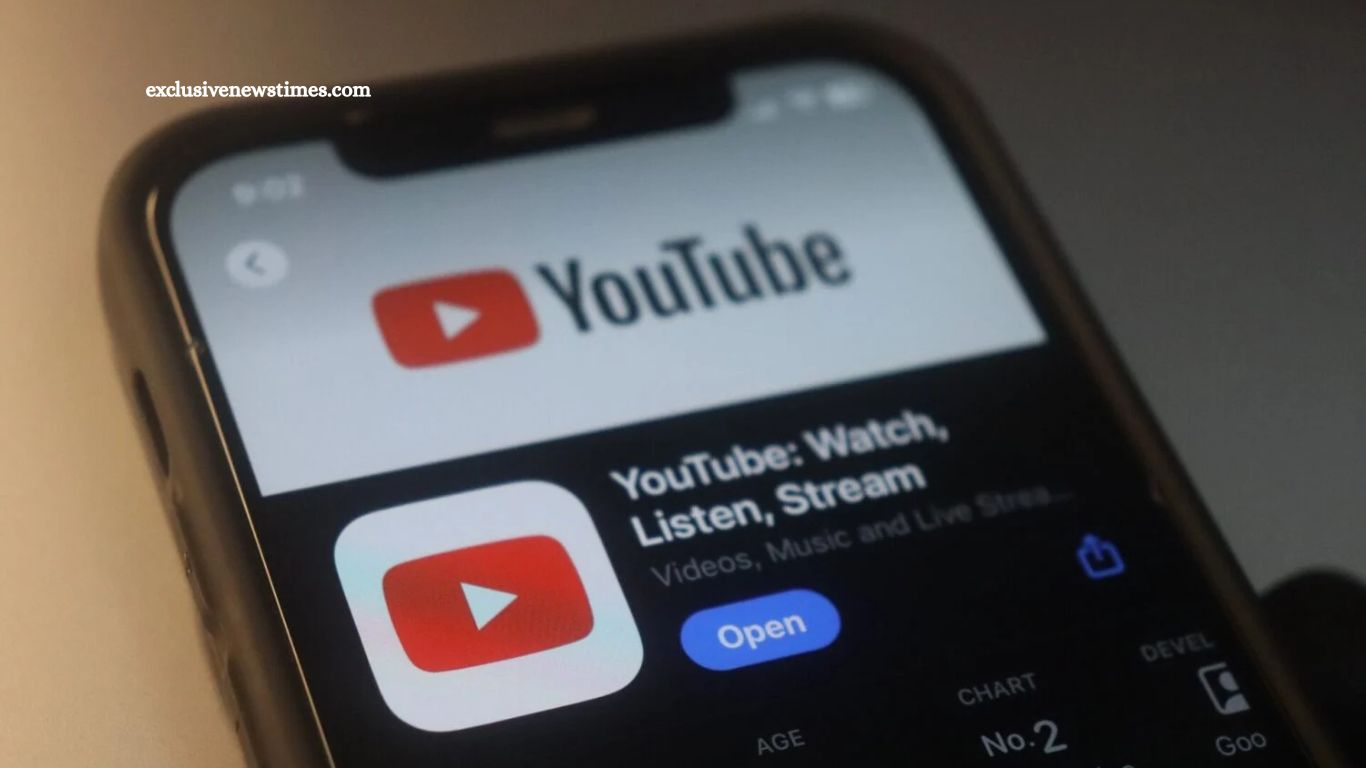Remember the cultural takeover of “Baby Shark Dance” or the global sensation “Gangnam Style”? These weren’t just viral videos—they were moments of shared digital experience, made possible by a unified internet culture and YouTube’s once-iconic Trending page. But that era is now officially over. YouTube has announced it is retiring the Trending section, marking a significant shift in how the platform surfaces popular content.
Instead of showcasing universally trending videos, YouTube will now emphasize niche-specific highlights, reflecting the fractured and deeply personalized nature of today’s online landscape.
Read More:Meal Prep Made Easy: 4 High-Protein Skillet Recipes
A Changing Digital Ecosystem
In a blog post detailing the decision, YouTube acknowledged how drastically the internet has evolved since it introduced the Trending page back in 2015.
“Back when we first launched the Trending page in 2015, the answer to ‘what’s trending?’ was a lot simpler to capture with a singular list of viral videos that everyone was talking about,” the company stated.
But as online communities grew more diverse and fandom-driven, the notion of a shared “viral moment” became less relevant. Meanwhile, user engagement with the Trending page declined sharply over the past five years, highlighting its waning influence.
What’s Replacing the Trending Page?
Instead of a single list of trending content, YouTube is rolling out dedicated trending charts tailored to specific categories:
- Trending Music Videos
- Weekly Top Podcast Shows
- Trending Movie Trailers
- Gaming Explore Page (replacing the former gaming section)
These changes allow YouTube to cater to its increasingly segmented audience, where millions of views can be generated within a niche without ever going mainstream.
Personalized Recommendations Take Center Stage
Going forward, YouTube plans to double down on its personalized recommendation engine, which serves content based on individual viewing habits and interests. Rather than trying to engineer a singular definition of “what’s popular,” the platform will focus on showing users videos they’re more likely to enjoy from their unique digital circles.
The Explore menu, where the Trending tab once lived, will remain intact. It will continue offering non-curated content for users interested in tapping into a broader cross-section of the platform.
The Future: Niche Success Over Mass Appeal
YouTube’s pivot reflects a broader truth about today’s internet: monoculture is dead. The modern viewer is more likely to follow niche interests, whether it’s indie creators, genre-specific content, or hyper-local trends. Viral dominance is no longer a prerequisite for success on the platform.
Ironically, one of the most active niches today is AI-generated content—much of which raises questions about originality and quality. YouTube’s parent company, Google, has faced criticism for enabling this trend. However, YouTube has recently committed to limiting monetization for non-original AI content, aiming to uphold standards of authenticity.
A New Chapter for YouTube
The removal of the Trending page may feel like the end of an era, but it’s more accurately the start of a new one—where success is defined not by mainstream recognition, but by connection within communities.
If another video ever does manage to reach the viral heights of “Gangnam Style,” YouTube hopes it’ll be due to authentic engagement—not algorithmic manipulation or AI mimicry.
Frequently Asked Questions
What does “online monoculture” mean?
Online monoculture refers to a digital environment where a single type of content or a few viral videos dominate everyone’s feeds, creating a shared, uniform experience across a large audience.
Why does the title say online monoculture is dead?
The title suggests that YouTube’s recent update to end its Trending page and focus on niche-specific content signals the decline of a one-size-fits-all viral culture.
What was YouTube’s Trending page?
The Trending page was a section on YouTube showcasing the most popular videos across broad categories, allowing users to see what was widely viral or popular at a given moment.
How does YouTube’s update change video recommendations?
YouTube is shifting from highlighting universally popular videos to emphasizing personalized recommendations tailored to individual user preferences and niche interests.
What impact does this change have on content creators?
Content creators may find more opportunities to succeed within their specific niches without needing to compete for mainstream viral attention.
Does this mean it’s harder to go viral on YouTube now?
Viral success is less about mass appeal and more about resonating deeply within specific communities or audiences.
Conclusion
YouTube’s decision to retire its Trending page marks a clear end to the era of online monoculture, where a few viral videos dominated the collective attention of millions. As the platform evolves, it embraces a more fragmented, personalized approach that reflects the diverse interests of today’s audiences.
This shift not only empowers niche communities but also signals a broader change in how digital content is consumed and valued. While the days of universal viral phenomena may be behind us, YouTube’s focus on authenticity and tailored recommendations promises a richer, more engaging experience for creators and viewers alike.


